World Fine Art Professionals and their Key-Pieces, 494 - Martine de Heij
World Fine Art Professionals and their Key-Pieces, 494 – Martine de Heij
In Art Centre Schiedam I saw the exhibition: ‘About Photography’, in which 11 artists from the KunstWerkt foundation showed their photographic works. One of them was Martine de Heij, who happened to be there as a hall sitter. Her photos showed somewhat abstracted people walking on a square with large shadows. The people also left a shadow behind.
A week later, Martine tells me more about her photos on a bench in the De Plantage park, some thirty meters away from the Art Centre.
The bow of a ship
The shadow appears to be the guiding principle in her photographic work, she says. “I make silhouettes of people with long shadows. Those people are semi-abstract, a kind of shadowy figures.” Martine has been making paintings for a long time, large abstract works. Ten years ago she started taking more intensive photographs. In line with her paintings, the first photos were abstract. During the Harbor Days she photographed the bow of a dredger from Van Noord. She started working with that. She edited the photos intensively. People thought they were paintings.
Gradually, her work changed: she increasingly photographed people and more specifically people in a crowd. Like in a station hall, on a square or in a cathedral. The crowd there is not too big; you can still pick out the individual people. When she has a collection of photos, she chooses one and starts working on it behind the computer. “If the composition is not nice, I move the figures. In one of the photos in the exhibition at the Art Centre I have given all the figures – including shadows – a different place. Sometimes I draw and colour in the photo.”
She prints the photos on dibond, then a laminate layer is added. She regularly exhibits her photo work.
Pierre Soulages
Martine has been making paintings for a long time, large works of 100 x 120 cm, often in black and white, with strong explosive strokes, often with a palette knife. The French painter Pierre Soulages, whom she met a number of times, was a great source of inspiration.
“Soulages is quite important for my work. Soulages died two years ago, he was 102. His wife, Colette, is still alive, she is 103. He made bold, large and exciting work. In 1955 his work was already hanging in MoMa, New York. It then went to other major museums all over the world, including Japan. In 2009 there was a retrospective in Centre Pompidou in Paris. The city of Paris was all about his work. I was there. You saw and heard it everywhere: on posters on the street, in newspapers and on television. Not long after my studies at the Rotterdam Academy of Fine Arts, I had managed to get hold of a book about Soulages at the bookstore de Slegte. I was immediately smitten. Previously my favourite was Tàpies, the Spanish artist, but from then on it was Soulages. I met him and his wife three times: in 2007, 2009 and 2014.”
Outrenoir
1985, Soulages got stuck with a painting. “He couldn’t sleep, went back to his studio and there was the moon shining on the painting. The moonlight moved through the wind and clouds, making the painting come alive. His gloom was over immediately. That’s when he coined the term outrenoir to express what he had experienced. From then on, he worked exclusively in black, matt and glossy, with reliefs. In the Centre Pompidou, there were works that were five metres long and high. When you walk past them, the light on the painting changes through your figure. He had developed his own tools to make such large works and large platforms on wheels that drove over the work in progress, so that he could apply the paint while standing on them.”
In the Netherlands he is not so well known, but in France and worldwide he is one of the greats. “In 1961 there was a solo exhibition of his work in the Gemeentemuseum in The Hague, and then there was a smaller exhibition at Pulchri. In his birthplace Rodez in the South of France there is Musée Soulages, opened in 2014 by President Hollande. It is a wonderfully beautiful museum. He has donated a lot of work to the museum.”
Black is also important in Martine’s work. And also the explosiveness. “A kind of kinship, it seemed. I have given lectures about Soulages. During one of the meetings, Colette, his wife, said: ‘You know more about us than we do ourselves.'”
Klaas Gubbels
Another artist who shaped her is her former teacher Klaas Gubbels, whom she also visits from time to time. “He lives and works in Arnhem. He is now 90. He taught me to ‘look’ and stimulated me and he inspires me to this day.”
Intuitive process
At the moment she mainly does photo work. “I work behind the computer. I paint on the computer. I shouldn’t think too much, it has to be an intuitive process. And then something happens and that’s always a party.”
Martine de Heij studied at the Academy of Fine Arts Rotterdam, later called the Willem de Kooning Academy. She regularly exhibits at Art Centre Schiedam and at Huntenkunst, a large art fair near Doetinchem. “Forty percent of the artists there come from the Netherlands, the rest from all over the world. This fair takes place in the old DRU factory, for a weekend. In the middle there is a pavilion for the annually changing theme country.” Next year she will be the curator of an exhibition at Art Centre Schiedam with artists from Huntenkunst, provisionally titled ‘The Hunting Party’.
Finally, what is her philosophy?
Martine: “Everywhere I go I see my subject. I don’t even have to go out specifically. It can really be anywhere. At a certain point I think ‘this is going to be it’. I click and then it’s there. I’m happy with that too.”
Images
1) Martine de Heij in front of her work at the opening, 2) Painting Hearts 4.22, 3) Photo Shades 1, 4) Photo Van Oord ship’s bow, 5) Photo Francis 2, 6) Photo Diver, 7) Photo Groningen 1, 8) Photo Calder 1, 9) Photo Keleti, 10) Photo Pompidou
https://www.martine-deheij.com/
https://stichtingkunstwerkt.nl/deelnemers/mdheij
https://www.instagram.com/martinedeheij/
https://inzaken.eu/2024/10/02/de-mensen-en-hun-schaduwen-van-martine-de-heij/
Disclaimer: The views, opinions and positions expressed within this guest article are those of the author Walter van Teeffelen alone and do not represent those of the Marbella Marbella website. The accuracy, completeness and validity of any statements made within this article are not guaranteed. We accept no liability for any errors, omissions or representations. The copyright of this content belongs to Walter van Teeffelen and any liability with regards to infringement of intellectual property rights remains with the author.

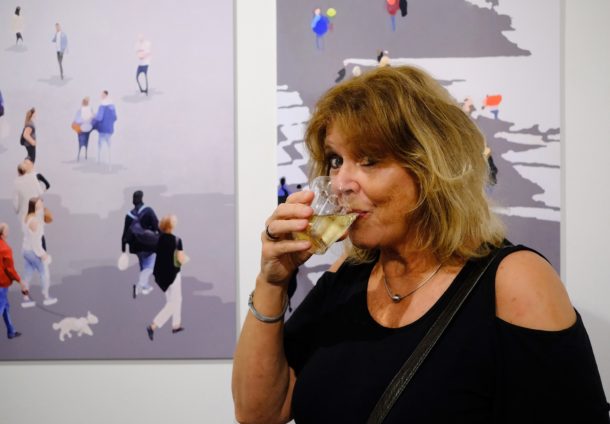
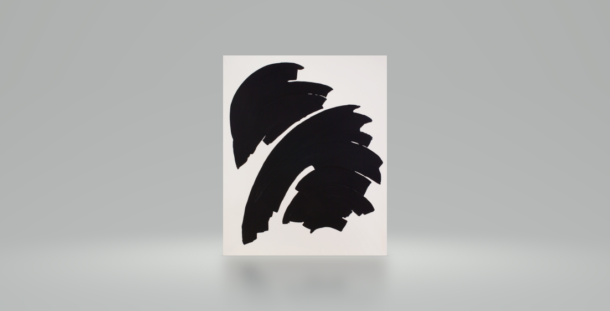
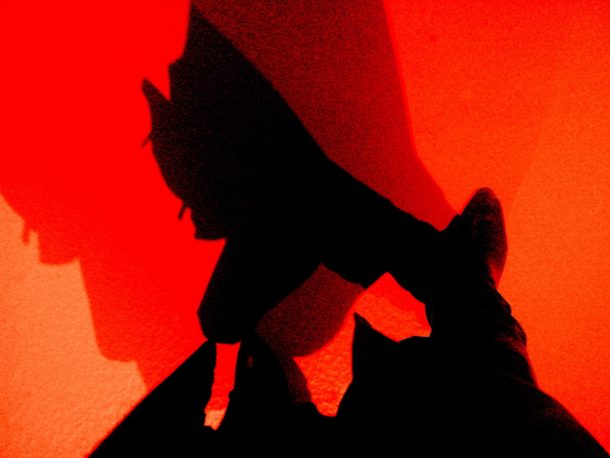
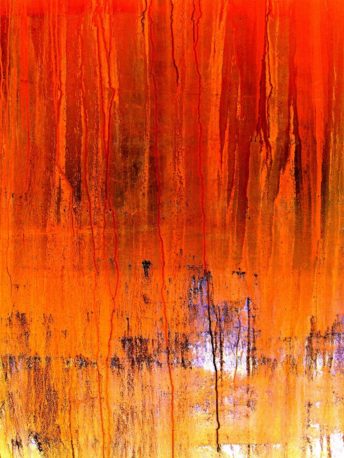
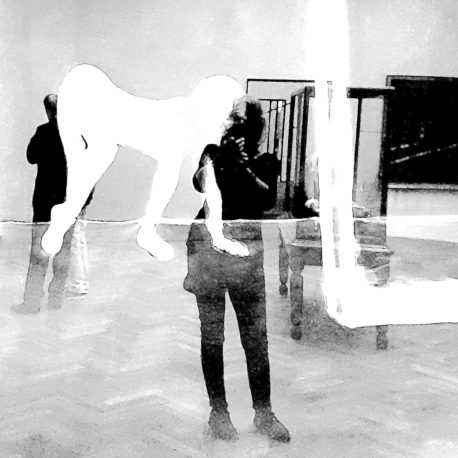

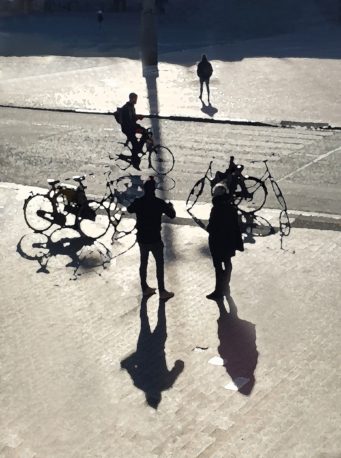
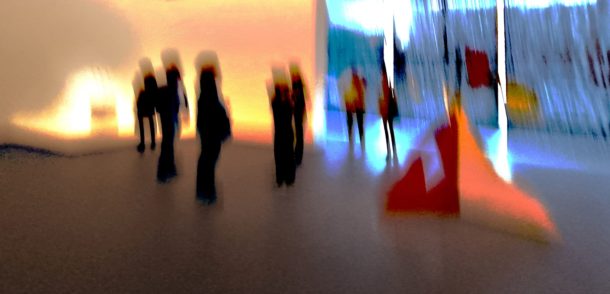
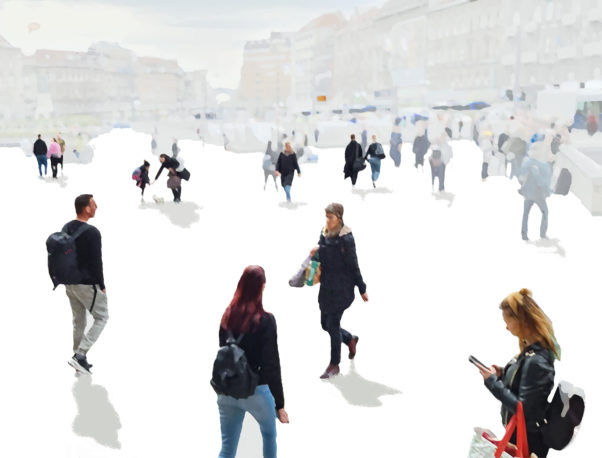
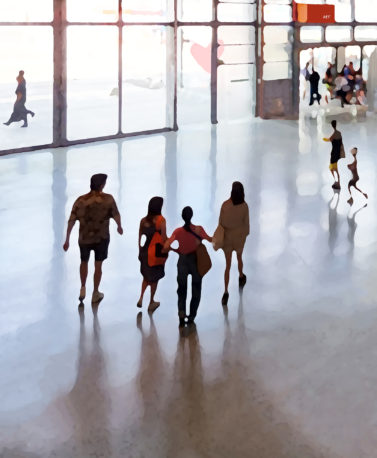














The opinions expressed by individual commentators and contributors do not necessarily constitute this website's position on the particular topic.